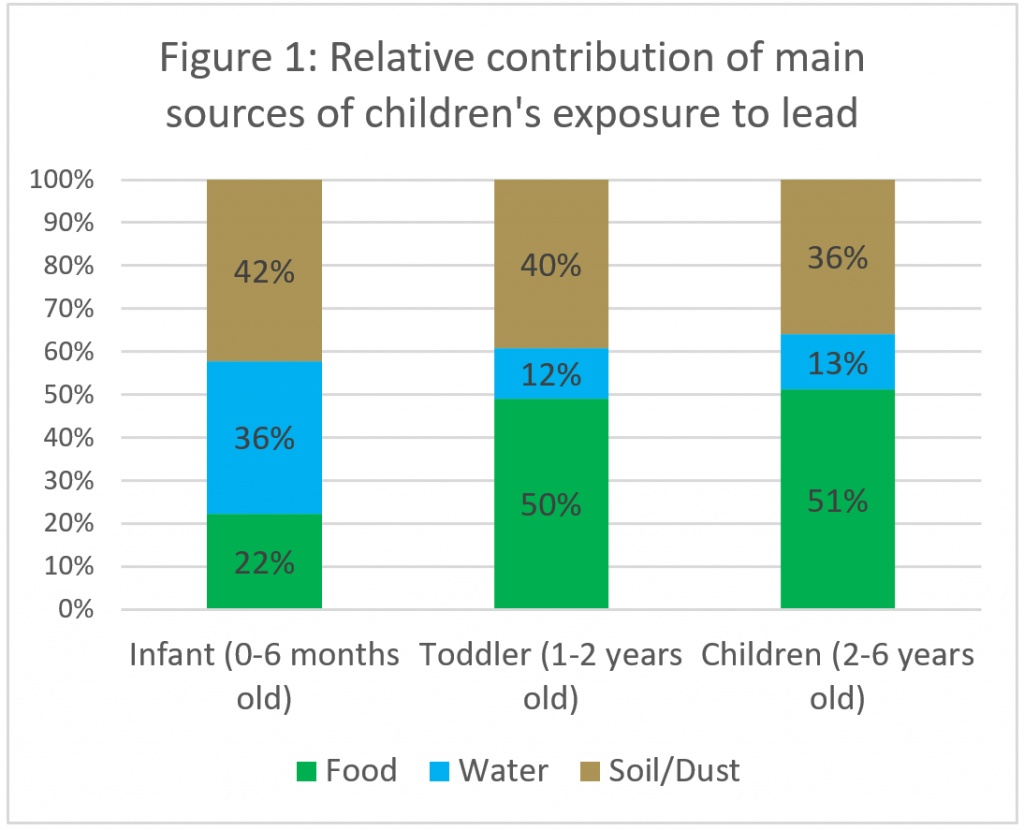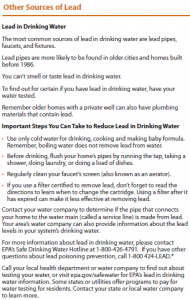Tom Neltner, J.D., is Chemicals Policy Director
Update: On July 2, 2018, EPA issued the proposed rule after the court gave it a 90-day extension. The agency has one year – until July 1, 2019 – to issue a final rule. Blog clarified on timing.
This week, the federal Ninth Circuit Court of Appeals directed the Environmental Protection Agency (EPA) to update its regulations defining lead-based paint and how much lead in dust represents a hazard. The court gave EPA 90 days to issue a proposed rule and one year later to publish a final rule with an option to convince the court that it needs additional time. The court said the agency had unreasonably delayed action on a citizen’s petition submitted in 2009. The science showing the need for action has only become more compelling in the eight years since EPA acknowledged the shortcoming of its rules. Rather than drag out this litigation, the agency should move quickly to revise its lead-based paint hazard standards to better protect children’s health.
EPA set the dust-lead hazard standard in 2001 after determining that a child living in a home with those levels had only a 1 to 5% chance of having an elevated blood lead level (EBLL) as defined by the Centers for Disease Control and Prevention (CDC). The scientific evidence now shows that the risk is greater than previously estimated. In addition, CDC has tightened its definition of an EBLL. As a result, according to the American Academy of Pediatrics, the risk to a child of having an EBLL in a home that meets EPA’s current dust-lead hazard standard is more than 50%.












